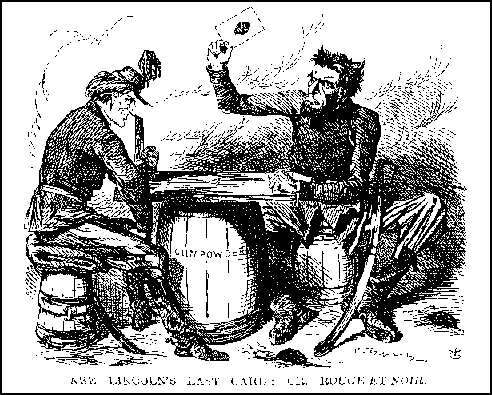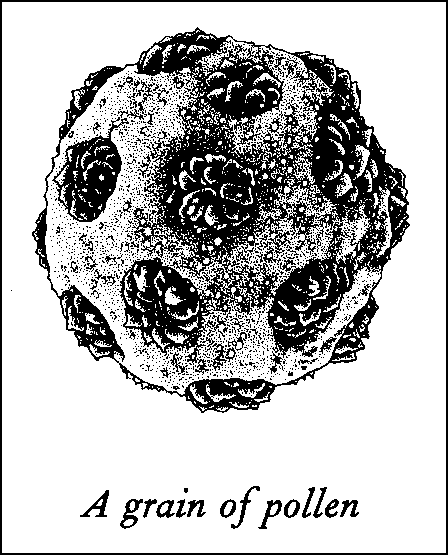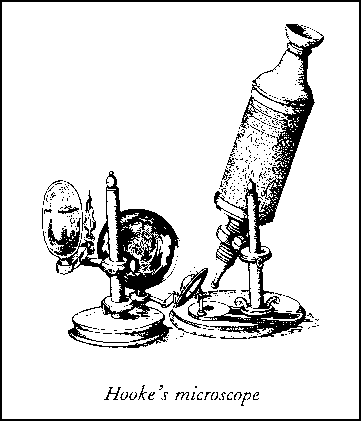Course of
Human Events
<Arguing the Case for
Southern Secession
Charles Adams
(Roman & Littlefield)
 Charles Adams doesn't like Abraham Lincoln. Not even a little bit. He suggests that American history has been rewritten to make him out to be a god --- but the fact of the matter is that Lincoln fomented the Civil War by sending supplies to Fort Sumter and thus forcing Jefferson Davis to attack. Several newspapers --- such as the Chicago Times, New York's Journal of Commerce, Freeman's News, and the Day-Book all questioned the need for war, so Lincoln had them shut down either by sending in the military or having the post office refuse mail privileges.
Charles Adams doesn't like Abraham Lincoln. Not even a little bit. He suggests that American history has been rewritten to make him out to be a god --- but the fact of the matter is that Lincoln fomented the Civil War by sending supplies to Fort Sumter and thus forcing Jefferson Davis to attack. Several newspapers --- such as the Chicago Times, New York's Journal of Commerce, Freeman's News, and the Day-Book all questioned the need for war, so Lincoln had them shut down either by sending in the military or having the post office refuse mail privileges.In addition, despite the wording of the Constitution, he called up the militias of the various states without the express consent of Congress, and most doubtful of all, he suspended habeas corpus --- throwing close to 10,000 people in jail without right to trial or bail. When, in the case of Ex Parte Merriman Chief Justice Roger B. Taney tried to hold a hearing on the matter, not only was it blocked by Lincoln, but the President issued an order to have Taney arrested (several members of the Maryland legislature had been jailed earlier because of "their lack of zeal for war on the Confederancy.") Only the reluctance of a federal marshall, Ward Hill Lamon, to make the arrest saved the eighty-year-old Taney from prison.
It's an interesting take on American history. Adams goes through the various succesionist movements in world history, lists the federal property (before Ft. Sumter) taken over by the South, and concludes that the Civil War was not over slavery --- but over tax revenues. Since southern ports provided 80% of the tariffs to the national budget, their loss would have serious consequences to the operation of the federal government, so, he writes,
As with all sucession wars throughout history, it was a fight for land and resources.
Further, Adams points out, not only had Lincoln himself come out in support of the fugitive slave laws, the "Emancipation Proclamation" was not signed until 1863 (Lincoln called it his "last card.")
Our only complaint with this version of American history is the style of the author. Rather than writing in a linear fashion, he tends to be circular, repeating the facts not only in the text, but as captions as well. Still, some of his insights and quotes are well worthwhile. He says that The Civil War started a "barbaric revolution." He quotes Liddell Hart, to the effect that
Modern nations have reverted to more primitive extremes --- akin to the practices of warfare between barbaric hoardes that were armed with sword and spear.
The cartoons and pictures, numbering some fifty-five, are wonderful.

 n anthologist must have read enough to be able to pick and choose those stories that are going to make it worth our while. Especially if one tells us that we'll be reading about "the world's most dangerous places."
n anthologist must have read enough to be able to pick and choose those stories that are going to make it worth our while. Especially if one tells us that we'll be reading about "the world's most dangerous places." Amato calls it Dust, but this is just a code for the real subject matters: dust, disease, and dirt. For centuries, the 3Ds were an integral part of your life. Forget the romantic peasant. If you were poor, you were
Amato calls it Dust, but this is just a code for the real subject matters: dust, disease, and dirt. For centuries, the 3Ds were an integral part of your life. Forget the romantic peasant. If you were poor, you were Amado has many stories to tell, and he tells them in a workmanlike way, but, as with his title, he stretches damn near everything to get it in under the umbrella of Dust including, somehow, hawking's Black Holes that leak. Further, his story-line seems to peter out after he gets past the mid-20th century. Still he is industrious enough to seek out every tiny fact about dust, including the names for that creepy furry stuff that grows under your bed: "beggar's velvet, house moss, and slut's wool."
Amado has many stories to tell, and he tells them in a workmanlike way, but, as with his title, he stretches damn near everything to get it in under the umbrella of Dust including, somehow, hawking's Black Holes that leak. Further, his story-line seems to peter out after he gets past the mid-20th century. Still he is industrious enough to seek out every tiny fact about dust, including the names for that creepy furry stuff that grows under your bed: "beggar's velvet, house moss, and slut's wool."